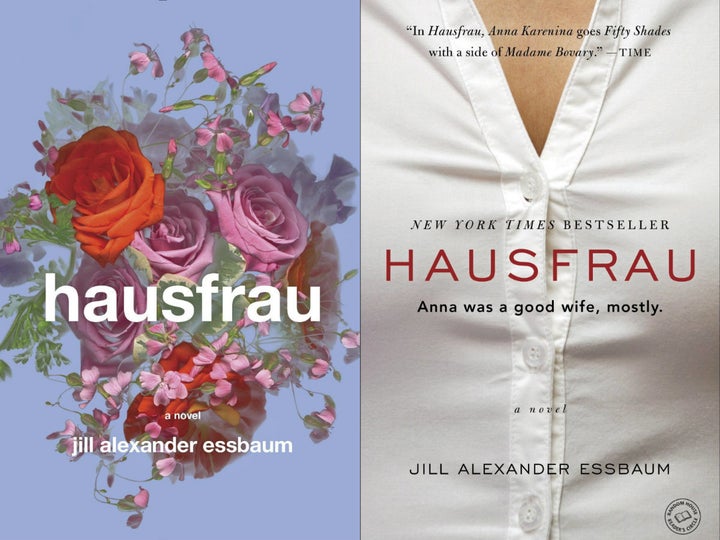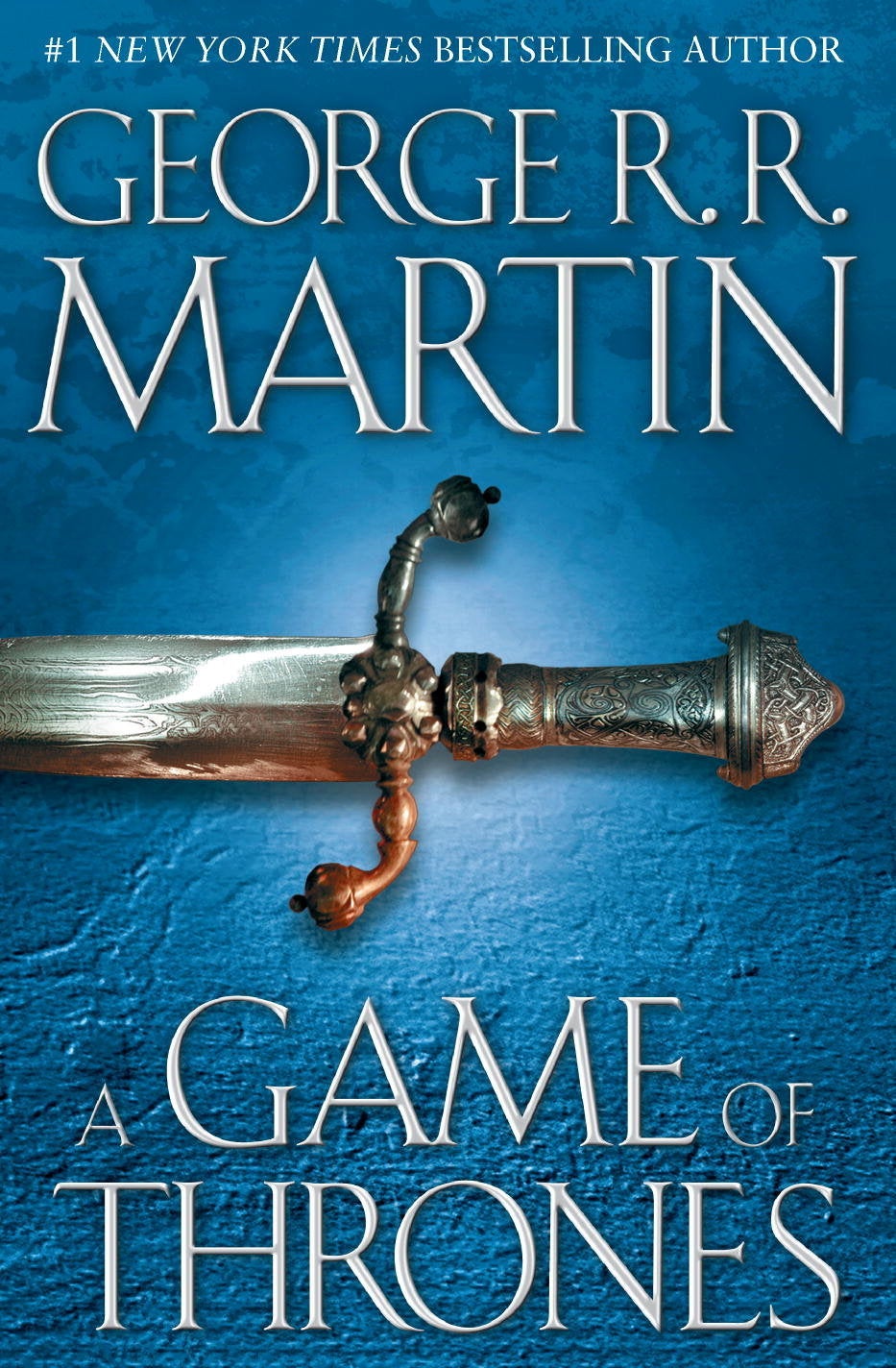The casual store-window browser could be forgiven for thinking the book jackets below conceal entirely different texts.

On the left, the hardcover, published in March of this year; on the right, the paperback, which will hit bookstores August 4.
One, festooned in eerily luminous roses and a striking, clean title font, projects both femininity and literary aspirations. The other zooms in on a stock photo-esque shot of a woman’s breasts, the top button of her white shirt straining to hold her voluptuousness in check. Fifty Shades of Grey is name-dropped at the very top.
This cover says erotic novel, bodice-ripper, something churned out hastily for women to read half-hidden under their sheets, breath quickening.
But, of course, they are the same book. On the left, the hardcover, published in March of this year; on the right, the paperback, which will hit bookstores August 4.
In 2013, author Maureen Johnson tweeted about her frustration with how often men emailed her requesting that her book covers be less girly. (Sure, men should also become comfortable reading books coded as feminine, but let’s stick to the issue at hand for now.) Johnson followed up by launching a challenge: She asked her followers to “take a well-known book, then to imagine the author of that book was of the opposite gender, or was genderqueer, and imagine what that cover might look like.”
The hysterical designs that resulted -- imagine a soft-focus fantasy version of Game of Thrones by Georgette Martin -- weren’t proof that any individual case showed gender bias, but demonstrated how comfortable readers are with seeing books by women disproportionately covered in hearts, curlicues and wedding gowns while books by men feature edgy conceptual designs.
Actually seeing this trend turned on its head made it undeniable that such biases in book design exist.
We shouldn’t judge books by their covers, but we do -- and publishers know it. That’s why the big literary fiction releases each year are bound in hardcover, with eye-catching, meticulously designed art commissioned from skilled professionals. They want us to know they believe in that book, that there’s quality inside reflected by the quality outside. That’s also why erotica and romance novels are bound in paperback, with heaving bosoms or pastel-hued high heels slapped on the cover. The publisher wants us to know, when we’re looking for a salacious thrill or a beach read as effortlessly sweet as cotton candy, that we’ve found what we’re looking for.
So what is the publisher -- Penguin Random House, for the record -- trying to tell us about Hausfrau? The hardcover tried to tell us that it was a virtuosic book, a meaningful book, one that should be read carefully and considered for literary prizes. The paperback tries to tell us that it’s a cheap thrill, something to consume with a few glasses of cab sav while your husband is at his cousin’s bachelor party.

It's easy to put all fiction by and about women onto a shelf marked "Chick Lit."
Now, there’s nothing wrong with the latter. Nothing! It’s not easy to write a good romance novel or erotic thriller, and it’s definitely fun to read one. The question is context. If I’ve purchased a sexy romance novel to enjoy with the aforementioned glasses of cab sav, I’d prefer not to find myself mired in a thoughtful drama that spends more time playing with the ambiguities of language than with the graphic allure of infidelity. If I’ve passed over a brilliant novel about a woman’s inner life because of the less-than-subtle cover, on the other hand, I’ve missed out.
When Hausfrau first came out this spring, I didn’t miss out -- I reviewed it, positively. “Hausfrau boasts taut pacing and melodrama, but also a fully realized heroine as love-hateable as Emma Bovary and a poet’s fascination with language,” I wrote at the time.
Despite the literary-keyed cover, this book, by a woman, about a woman’s erotic life, was already drawing less-than-fair comparisons to Fifty Shades of Grey. But, I argued, “Essbaum’s debut has more in common with its classic predecessors than anything by E.L. James.” Classic predecessors like Madame Bovary by Gustave Flaubert -- the sort of male-penned novel about a woman’s psychosexual drama that would never be slapped with a first paperback edition as cheap-looking as a self-published hot-for-teacher erotic fantasy.
There’s nothing wrong with writing erotic fantasy or fun fluff, but there is something wrong with treating even the most serious, artistic women’s work, about the painful psychology of a woman’s tormented existence, as one step away from porn. Maybe the lurid cover will sell a few more copies, at the sole cost of cheapening the literary labor and artistic material inside. But it’s still not worth it.

